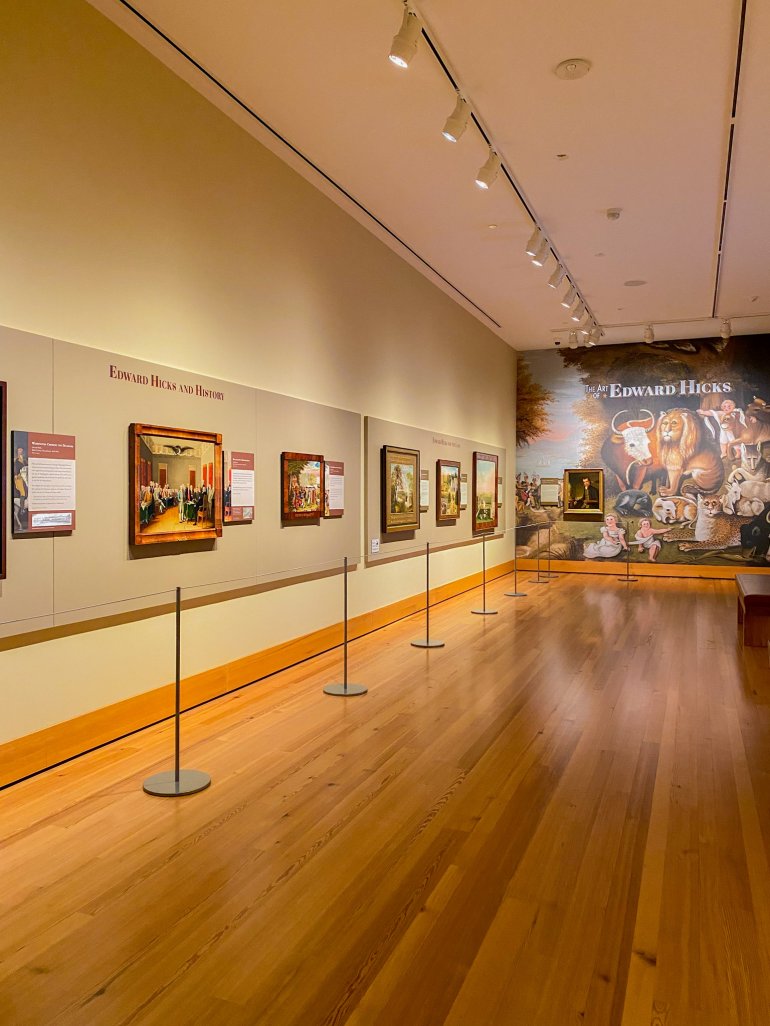Art Museums of Colonial Williamsburg

Colonial Williamsburg's Mission:
"That the future may learn from the past."
Client: Art Museums of Colonial Williamsburg
Location: Virginia, USA
Colonial Williamsburg is 301-acres of engaging living history and the world’s largest U.S. history museum.
Originally founded as the capital of the Virginia Colony in the late 1700s, Williamsburg was the hub of life for the colony and the largest British settlement in the New World. During the American Revolution, Williamsburg was poignantly a center of political activity, and following the Declaration of Independence in 1776, Williamsburg sadly fell into slow decay when the capital was moved to Richmond.
In the 1920s a champion in the form of an Episcopal priest and historian had a vision to restore and preserve the dying Williamsburg. The Reverand William Archer Rutherfoord Goodwin became known as “the Father of Colonial Williamsburg” when he piqued John D. Rockefeller’s interest in his dream of restoring the old capital. Diligence and financial generosity paid off and the bones of the Colonial Williamsburg we enjoy today were laid.
Restorations have continued in the convening years and more recently, The Colonial Williamsburg Foundation celebrated the opening of the expanded and upgraded Art Museums. The Art Museum’s houses two world-class museums — the Abby Aldrich Rockefeller Folk Art Museum and the DeWitt Wallace Decorative Arts Museum.
Now open for visitors, the impeccably appointed and highly curated collection was deliciously inviting – perhaps a bit too much. It’s here the Art Museum’s visitors enjoy the beautiful displays, but they also want to “touch”. They were reaching in and placing the carefully curated collection at risk.
At this time, Absolute heard from James Armbruster, Museum Design Manager. The Art Museum’s needed a full suite of protective help. Once Absolutes products were installed, James commented:
“We’ve been having issues with our visitors getting too close and sometimes touching the works in all of our paintings galleries. We decided to line the walls with barriers and cord as a visual/psychological deterrent to help protect the collection. We have done the same with our decorative arts galleries by using platforms and your 14 inch posts and cord. So far, there have been fewer touching incidents.
We hope to continue specifying only Absolute barrier products whenever the need arises. We love the engineering, the sleek, clean lines, the easy installation, and their effectiveness.”

The Product Solution:
The upgraded Art Museums galleries are warm and inviting and the museum carefully selected a coordinated family collection of protection equipment to suit the renewed spaces.
The product collection is presented in Absolute’s (warm) grey finish, which compliments the environment and blends into the architecture. The collection is comprised of five key products each performing slightly different functions and here you can see the blended use of Absolute’s 1000mm Freestanding Barrier, 400mm Freestanding Barrier, 400mm Surface Mounted Barrier, Wall Terminators and the Elastic Cord which draws the line through all.
In this instance, the taller 1000mm barriers lift the Elastic Cord which inhibits the visitor from bending over standard lower barriers. Also, using a family of products all in the same finish ensures a cohesive, rhythmic presentation of equipment that doesn’t distract from the main feature – the artwork.




Featured
Colonial Williamsburg utilised three of the Absolute's museum barrier systems throughout their exhibitions.
Freestanding Stanchion Barrier 1000mm
The Freestanding Barrier discreetly protects exhibits without clashing with the display or decor.
ViewFreestanding Barrier 400mm
The Freestanding Barrier subtly protects exhibits whilst blending neatly into the environment.
ViewSurface Mounted Stanchion Barrier 400mm
Used to protect both temporary and permanent installations; quick to install and more discreet than the Freestanding Barrier.
ViewElasticated Cord
Compatible with all our barrier systems; the cord gently tugs under pressure, to avoid tripping or injury.
ViewDiscover more about Colonial Williamsburg here: https://www.colonialwilliamsburg.org
Image Credit: Images kindly provided by James Armbruster, Museum Design Manager at Colonial Williamsburg
